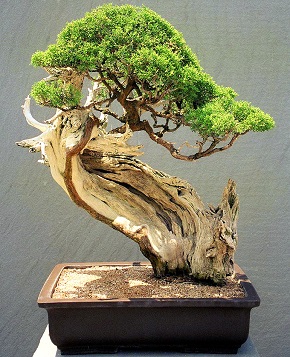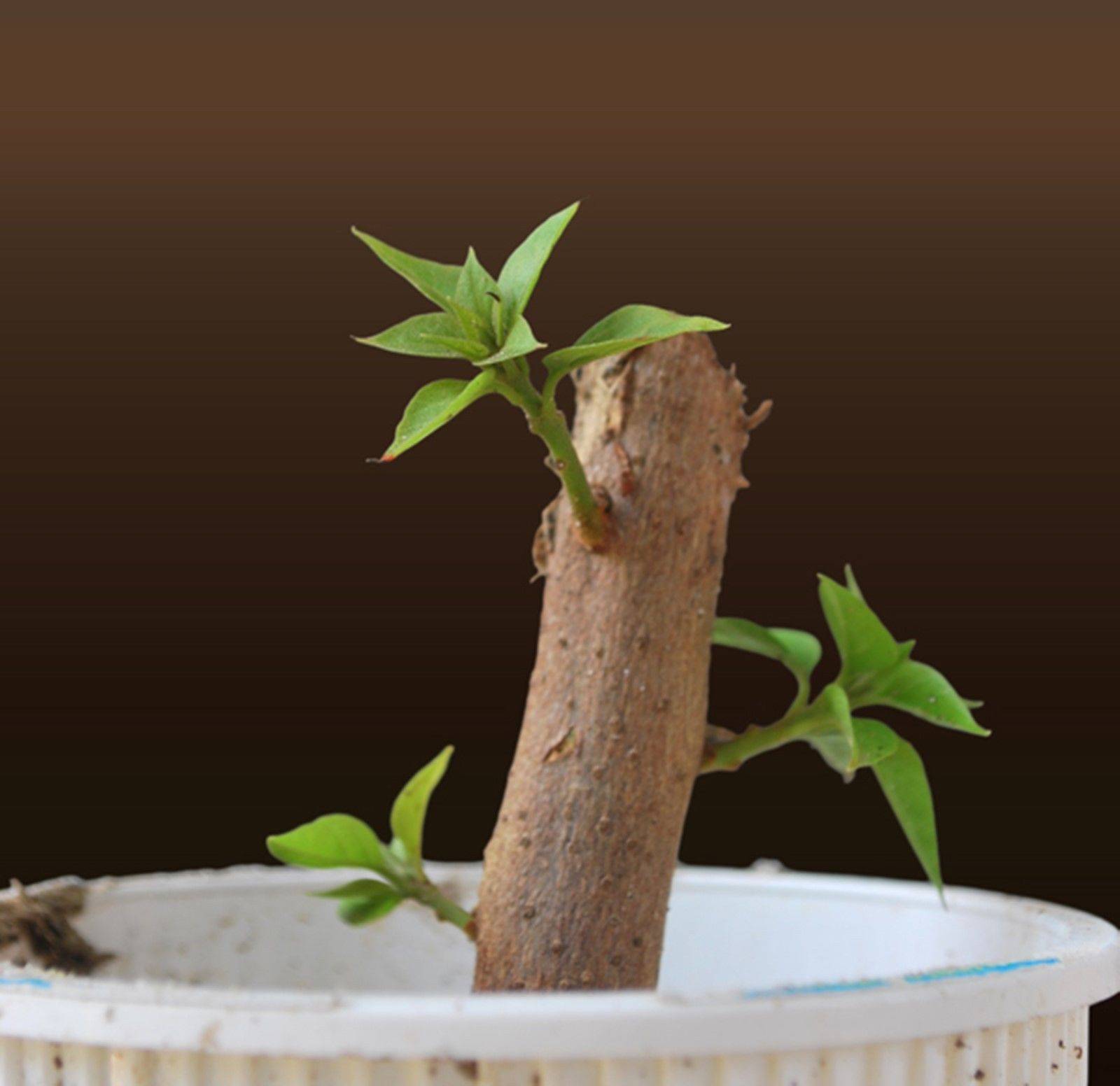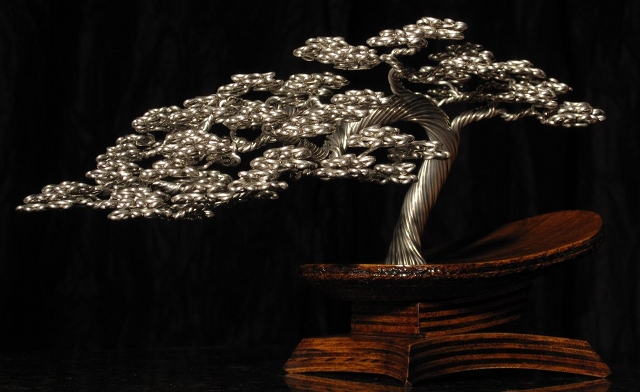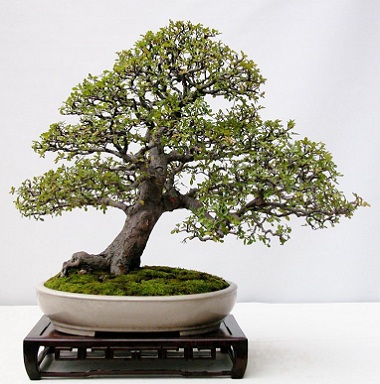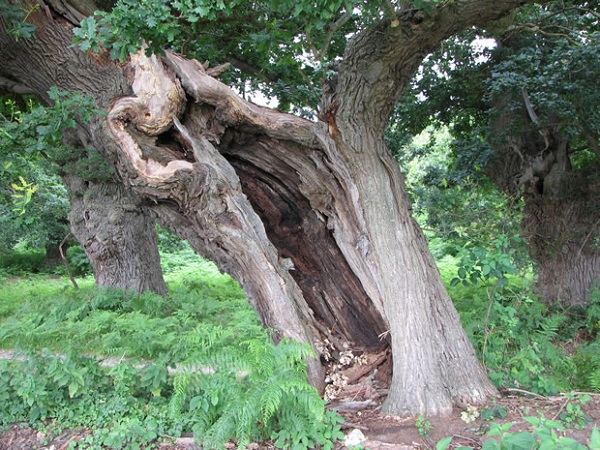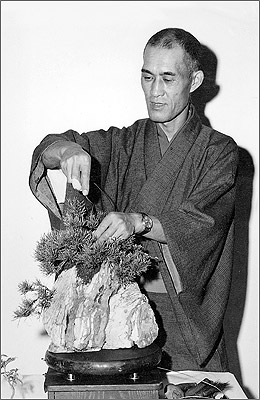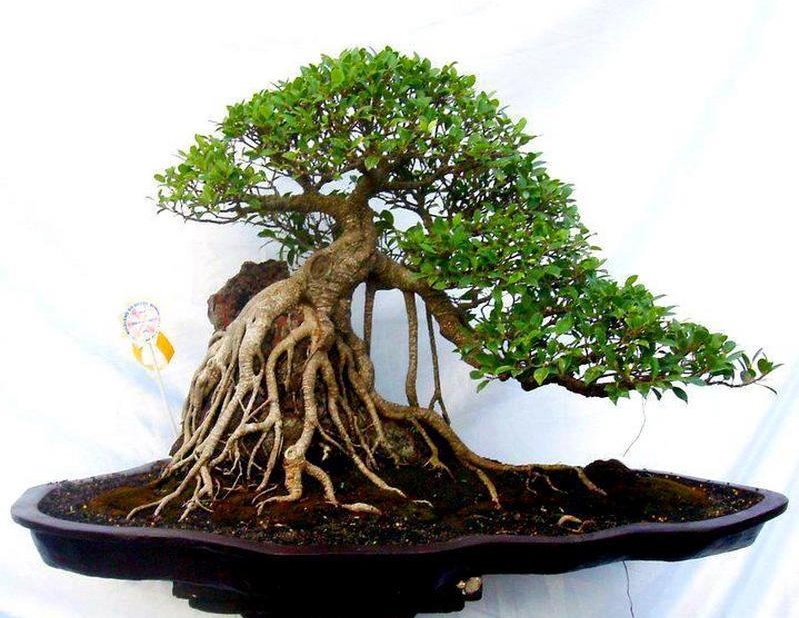Japanese Gardens(karesansui (karesansui), shakkei (shakkei), zen gardens (zen gardens) are an integral part of Buddhist monasteries and Shinto shrines and, therefore, are deeply rooted in religion. The importance of nature in Shinto beliefs is emphasized by lakes, trees and stones located in the garden; Buddhist symbols include mountains, groups of stones and lakes.
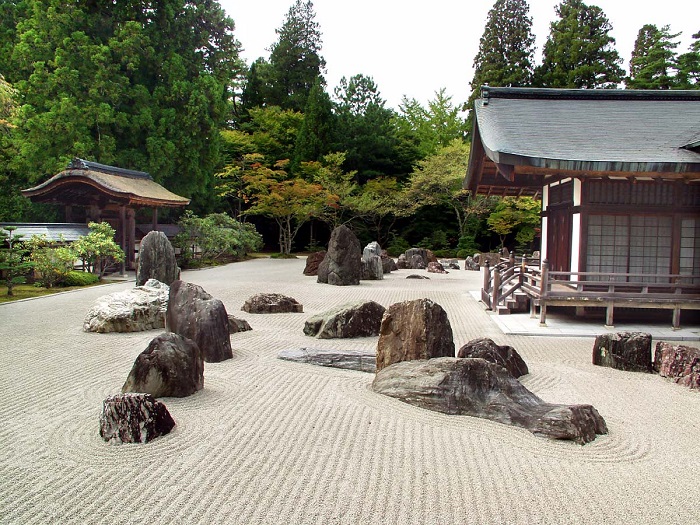
As in the case withbonsai, the Japanese adopted the art of creating Zen gardens from China and Korea during the Asuka period (538-710). During the Heian period (794-1185), the features and style of modern Japanese gardening were formed, which have survived to this day.
Characteristic features of a Japanese garden
Gardens are usually arranged around an architectural structure (such as a house, temple or tea house) from which one can enjoy the view of the Zen garden simply by opening the shoji (traditional Japanese doors). In this way, the interior flows freely into the exterior. Among the main elements of the garden, one can often find the following types:
- Water (mizu, mizu) - often in the form of a lake, pond or stream, or in symbolic form (for example, from a gravel mound).
- Rocks (ishi, ishi) – located singly or in groups, deeply rooted in Shinto beliefs.
- Islands - Depending on the size of the garden, they can range from a single rock to actual islands. In dry, rocky areas, rocks are used to form islands.
- Borrowed Landscapes (shakkei, shakkei) – the surrounding mountains are part of the garden design.
- Sand or pebbles, is used to improve the penetration of air and moisture into the soil.
- Bridges – wooden or stone bridges are built over the water.
- Trees – most often these are old pines of various species, which give the garden an ancient effect.
- Fence, fence or walls - used to enclose or mark the border of the desired area.
- Decorations (tenkebutsu) – such as lanterns and pools, can come in a variety of sizes and shapes.
- Waterfall – can be either single or in the form of several cascades or depicted using a composition of stones.
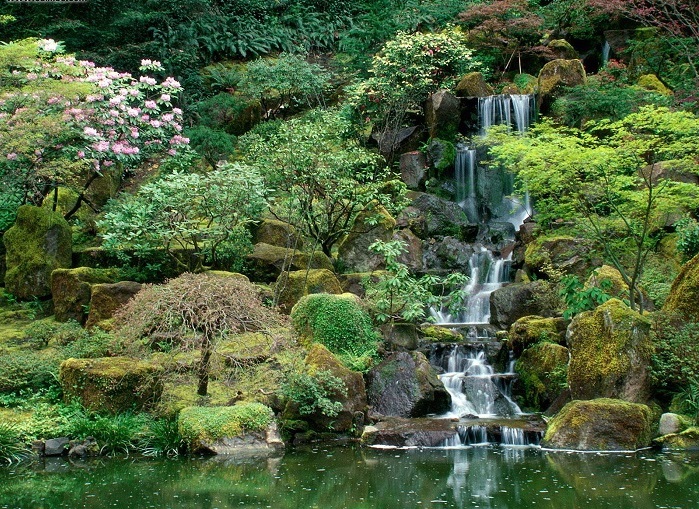
Japanese Garden Styles
There are several styleszen garden:
•Karesansui– consists of small and large stones, this style is strongly influenced by Zen Buddhism. Carefully formed sand, pebbles and stones depict bodies of water, rivers, islands and mountains.
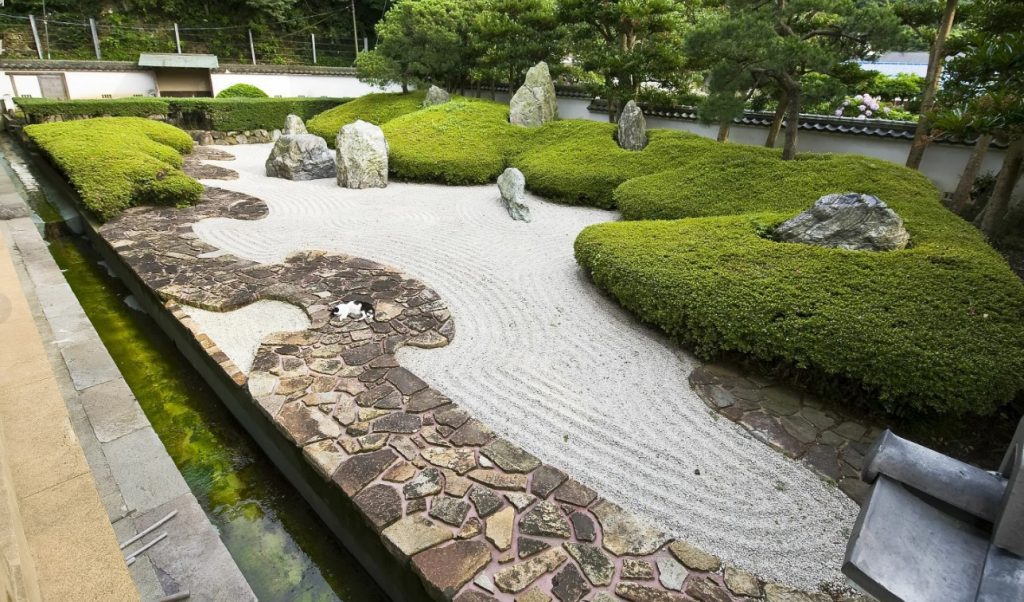
•Kaiyu-shiki(walking gardens) - were designed to provide the enjoyment of a walk along a path around the garden.
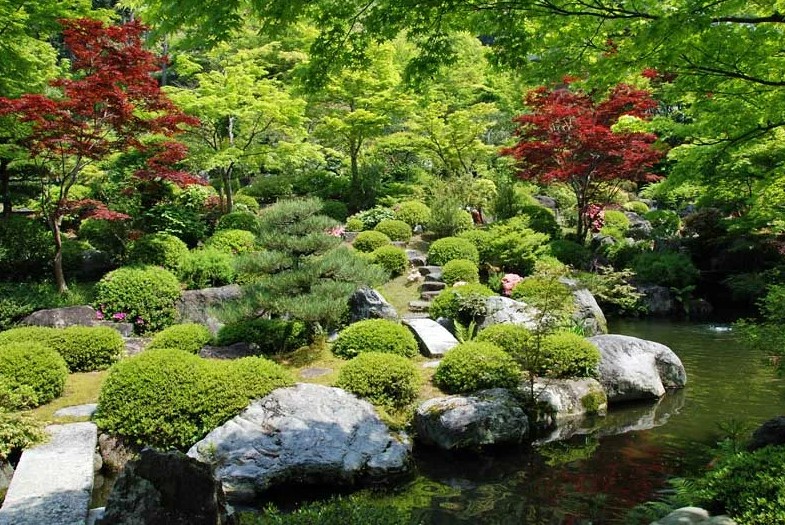
•Kanshoh(sitting garden) is centered around a structure from which to admire the view.
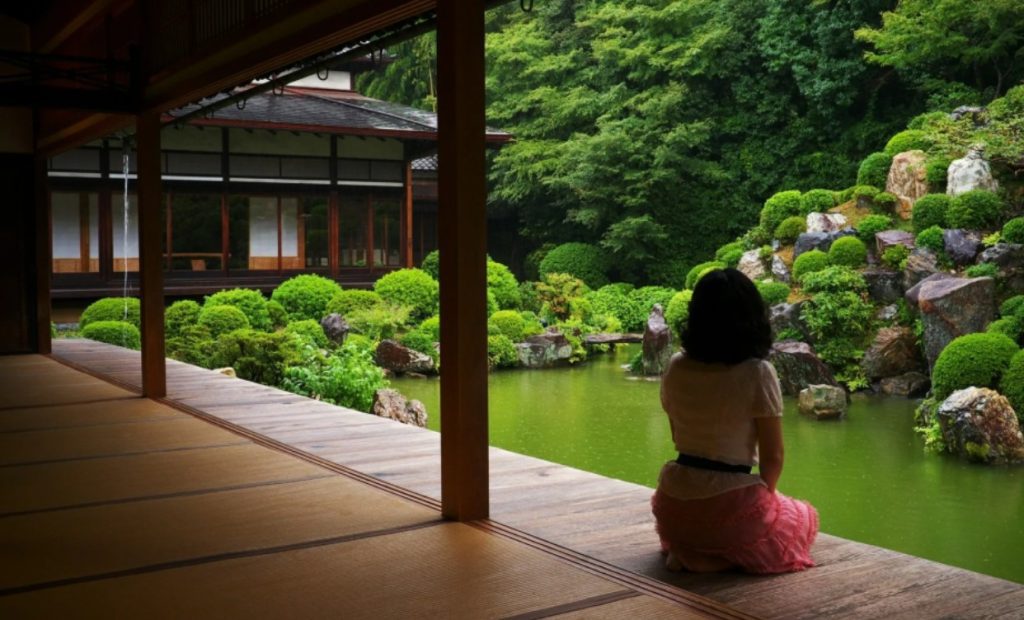
The Japanese city of Kyoto is home to a large number of Japanese gardens, including Ginkaku-ji, Konchi-in, Kennin-ji, and Ninna-ji. Other arts such as poetry, literature, and tea ceremonies are closely associated with the Japanese garden.

